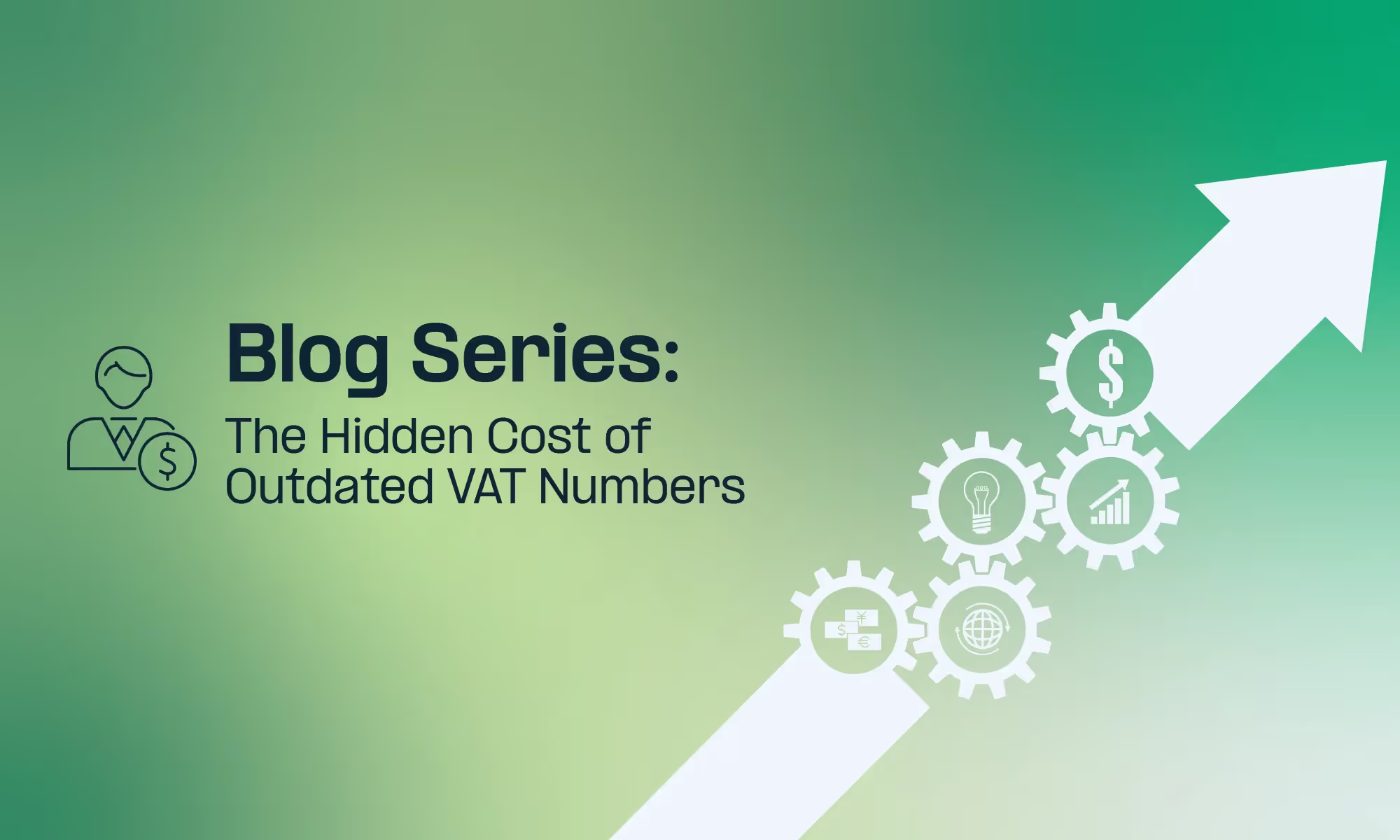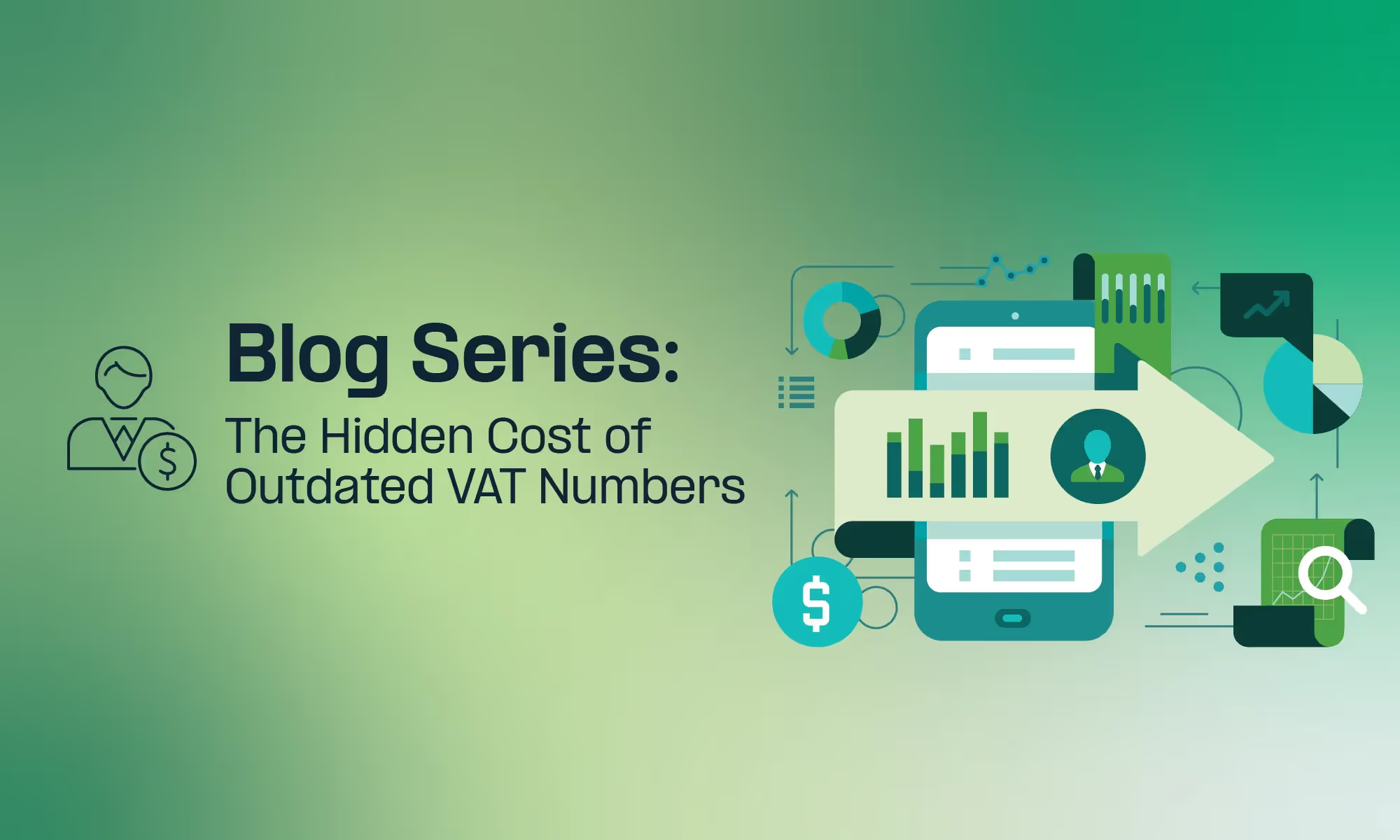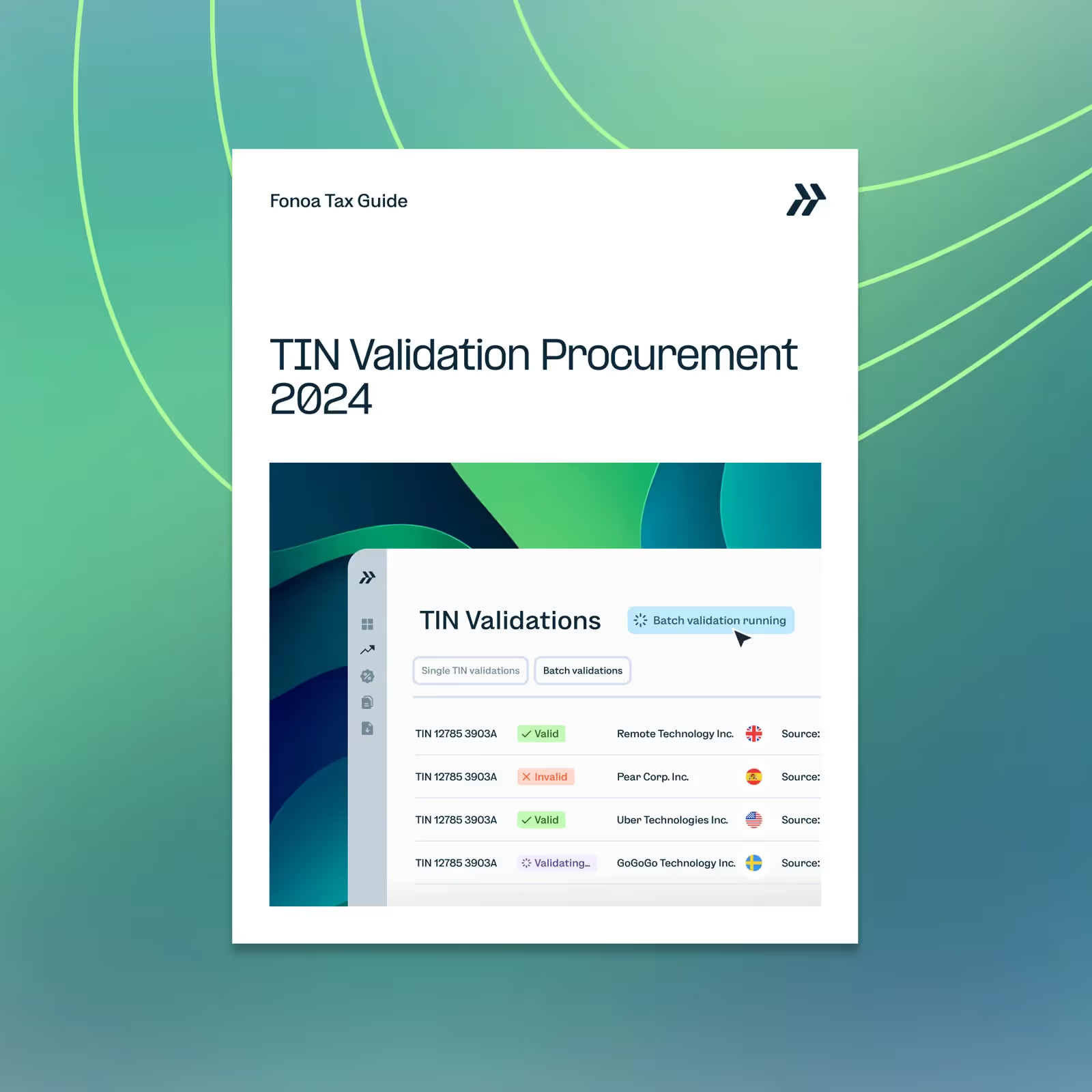If you’re a digital services company or an e-commerce retailer, chances are you’re doing business globally. This means you might have customers from potentially every country in the world and therefore need to comply with the tax regimes of each of these countries.
Indirect Taxes: What Are They And How Are They Collected?
You’ll need to tackle every country’s so-called “indirect taxes”, which are typically aimed at taxing consumption—i.e.the end consumer pays them. However, while the aim is to tax the end consumer, the company providing the goods or services is liable for the taxes’ collection and remittance.
You may have seen these taxes mentioned under different names, ranging from VAT to GST, HST, JCT, QST, IVA, TVA, CT, SST, or maybe even Boo-ga-ga-chi-se in South Korea. All these different local names designate, in essence, very similar taxes. And a few of them might apply to you, even if you have never heard of them or knew they existed.
Governments want to collect taxes based on where the service is consumed, instead of where the company providing the service is located.
That is because of an emerging trend in tax law: governments want to collect taxes based on where the service is consumed, instead of where the company providing the service is located. In other words, it doesn’t matter where your business is located, what matters for tax purposes is where your customers are located!
For global businesses, this can lead to having significant compliance obligations, meaning that they must register, charge and remit taxes and file tax returns in multiple countries. But luckily, there are some common elements across all the different consumption taxes.
For example, in most cases, you only have to charge taxes on your services if your foreign customers are end consumers (B2C), and not business customers (B2B).
So for companies that are partly or mostly involved in business-to-business transactions, this can make their operations simpler. If they don’t have to charge local taxes, this means that potentially they don’t have to register and file tax returns locally.
But in order to decide whether your customer is a business entity, you need to verify their taxable status and retain the proof of it.
How Can Global Businesses Tackle Tax ID Validation?
There are different ways to determine whether you’re dealing with a business or with an end consumer. For many companies, verifying this with the least amount of friction is crucial for commercial reasons. This can be challenging because the exact evidence you need to collect to prove the business status of your customer varies per country.
For example, these documents might serve as evidence:
- A chamber of commerce certificate
- A business identification number
- A tax registration certificate
- A tax identification number (TIN)
If a business customer provides you with a valid tax identification number, this is typically the best way to check their status.
You need to keep in mind the risk of fraud, however. Individual consumers may pose as business customers in order to avoid tax. They might provide an incorrect tax number, an inactive number, or an accurate tax number... that belongs to another company.
This is why you have to make sure the tax identification number is valid and belongs to YOUR customer.
In many countries, you can call the local tax authorities to verify a number. However, language barriers may make this hard. Luckily, sometimes the local tax authorities allow you to manually verify tax numbers on their website. But doing this at scale is unviable.
Tax ID Validation: a Difficult but Important Process
Although this can be a difficult process, it is important to ensure you check the business status of your customers and validate their tax ID numbers.
For example, if you did not charge tax but you later find out your business customer is actually a consumer (i.e. if what you thought was a B2B transaction is actually a B2C one), you are still liable for the undeclared (and uncollected) tax. In the case of a tax audit, this means these taxes (plus interest and penalties) will have to be paid out of pocket since it’ll likely be impossible to collect them from your customer.
If you charge tax where you shouldn’t, you are liable for remitting this tax. Erroneously charging tax to a business customer means their customer experience won’t be great—and if your customers need to contact you to fix the issue, this creates a lot of additional administrative work and drives support costs up (crediting and reissuing invoices, sending them to your customers, etc).
Our Solution for a Seamless Tax ID Validation
At Fonoa, we have developed a platform that allows companies to meet their tax compliance obligations across the world in a plug-and-play manner. With Fonoa Lookup, you can automatically (via APIs) validate tax ID numbers from your customers and suppliers in different countries.
Our proprietary technology has several built-in verification methods and leverages direct connections with tax authorities across the globe. This way, you can be sure you have done everything you can to validate your customers’ tax status.






















